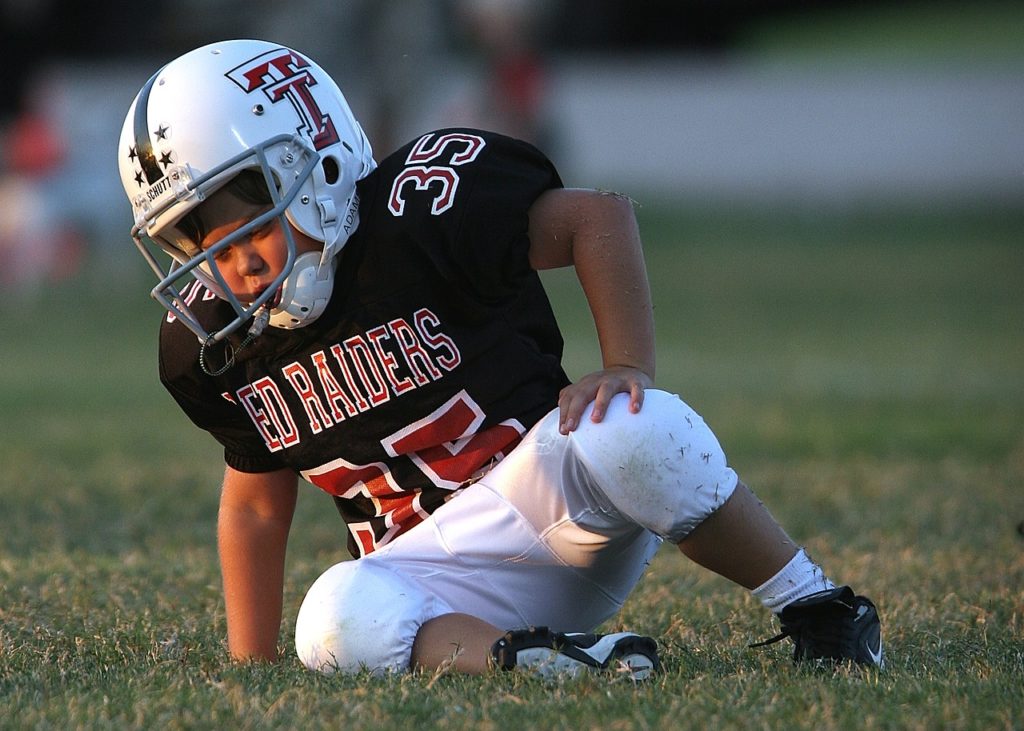News
1 in 20 young football players get concussions each season according to new study

New research suggests that young football players are even more likely to experience brain injuries than previously believed.
According to the report published recently in The Journal of Pediatrics, football players between the ages of 5 and 14 saw higher concussion rates than reported in the past, with approximately 5% of players experiencing a brain injury each season.
The findings came from tracking athletes across two 10-week seasons of the Northwest Junior Football League. Throughout the study, the researchers asked licensed athletic trainers from Seattle Children’s Research Institute to record any concussions experienced throughout the season.
Along with allowing the researchers from The University of Wisconsin School of Medicine’s Sports Health and Safety Institute to track the overall number of football-related brain injuries across the seasons, it also allowed them to better evaluate the risk factors surrounding these injuries.
“Measuring the incidence of concussion in grade-school and middle-school football players is essential to improving the safety of the game. It’s hard to determine the impact of prevention efforts if we don’t know how often these injuries occur at baseline,” said Sara Chrisman, the study’s lead author. Chrisman is an assistant professor of pediatrics at UW Medicine and an investigator at Seattle Children’s Research Institute.
While there have been numerous efforts to gauge the number of brain injuries in youth football, past studies have typically used incomplete or unreliable reports from managers, coaches, and other third-party sources that were often not fully trained in treating or diagnosing brain injuries.
To avoid this issue and gain a more accurate view of the situation, the latest study provided licensed athletic trainers for medical surveillance at all league games and practices throughout both the 2016 and 2017 seasons.
While some teams have regular access to licensed trainers, a large number of schools – particularly in rural areas – are unlikely to have accredited medical professionals at all practices and games. Some may only have access to trainers once a week or less.
With the help of the trainers, the researchers identified 51 play-related concussions among 863 athletes.
Going against past research, the latest study found that the majority of concussions (more than two-thirds) occurred during games. In nearly half of these cases, the cause was head-to-head contact.
In follow-up surveys with the athletes, the researchers found that those who had a prior history of brain injury faced a twofold greater risk of concussion, while a history of depression was associated with a fivefold greater risk of brain injury.
Also notable is that half of the concussed athletes took more than 13 days to be cleared to return to play and more than three weeks to return to baseline conditions and test scores.
“We’re just starting to piece together how factors such as prior injury or depression may contribute to a child’s risk of concussion. Our study revealed patterns about who was most at risk for concussion, and these are areas we hope to explore in future studies,” Chrisman said in a press release.



